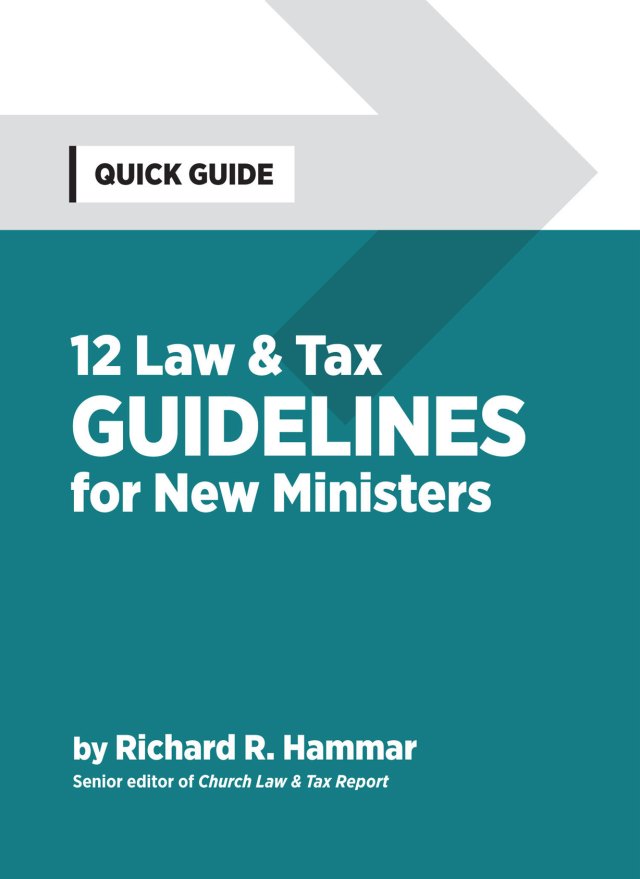• How many votes does it take to remove a pastor from office? That was the issue before an Arizona state appeals court in a recent decision. The pastor of a Baptist church was killed in a traffic accident in 1985, and a new pastor was quickly selected. Certain members of the congregation became dissatisfied with the new pastor, and a special church business meeting was called to determine whether or not he should be discharged. Of the 26 members who attended the meeting, 18 voted to discharge the pastor and 8 did not vote. The church bylaws specified that “a pastor may be terminated by the church congregation … but only if … the vote equals or exceeds three-fourths of the voting members present.” The pastor refused to acknowledge that the vote resulted in his dismissal, since less than “three-fourths of the voting members present” had voted to dismiss him (18 is only 70% of 26). Several disgruntled members of the congregation disagreed with this interpretation, and petitioned a court for a ruling recognizing that the congregational vote had resulted in the dismissal of the pastor. The members argued that the phrase “three-fourths of the voting members present” should be interpreted to mean three-fourths of the individuals who actually cast votes at the business meeting rather than three-fourths of all members actually present and eligible to vote. Since all 18 of the persons who actually voted at the meeting voted to dismiss the pastor, 100% of the votes were cast in favor of dismissal. A trial court rejected the members’ argument, and agreed with the pastor that the phrase “three-fourths of the voting members present” meant three-fourths of the members present and eligible to vote (whether they voted or not). The members appealed the ruling to a state appeals court, which agreed with the trial court that the pastor had not been lawfully dismissed in the meeting in question. The court relied on Robert’s Rules of Order, which had been adopted by the church (in its bylaws) as the governing body of parliamentary procedure. The following excerpt from Robert’s Rules of Order was quoted by the appeals court in support of its decision in favor of the pastor: “Assume, for example, that at a meeting of a society with a total membership of 150 and a quorum of 10, there are 30 members present, of whom 25 participate in a given counted vote. Then, with respect to that vote: a two-thirds vote is 17; a vote of two-thirds of the members present is 20; a vote of two-thirds of the entire membership is 100 …. Regarding these bases for determining a voting result, the following points should be noted—voting requirements based on the number of members present, while possible, are generally undesirable. Since an abstention in such cases has the same effect as a negative vote, these bases deny members the right to maintain a neutral position by abstaining. For the same reason, members present who fail to vote through indifference rather than through deliberate neutrality may affect the result negatively.” According to this language, concluded the court, the phrase “three-fourths of the voting members present” meant three-fourths “of the individuals present and eligible to vote.” Accordingly, the pastor had not been dismissed by the congregational vote since less than three-fourths of the members present and eligible to vote had voted to dismiss him. Blanton v. Hahn, 763 P.2d 522 (Ariz. App. 1988).
© Copyright 1989, 1998 by Church Law & Tax Report. All rights reserved. This publication is designed to provide accurate and authoritative information in regard to the subject matter covered. It is provided with the understanding that the publisher is not engaged in rendering legal, accounting, or other professional service. If legal advice or other expert assistance is required, the services of a competent professional person should be sought. Church Law & Tax Report, PO Box 1098, Matthews, NC 28106. Reference Code: m31 m13 m34 m16 c0289


